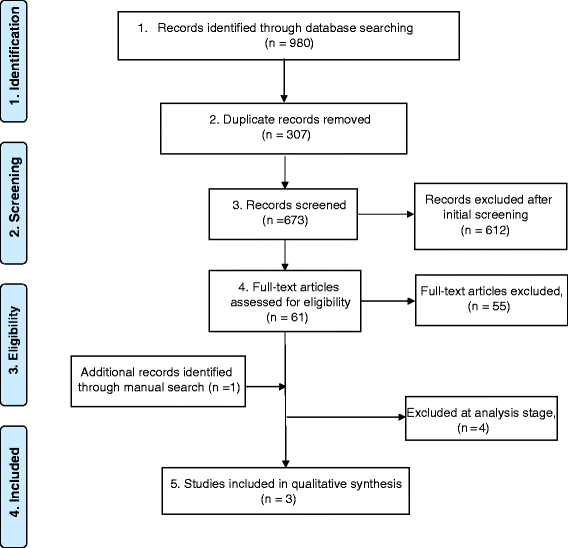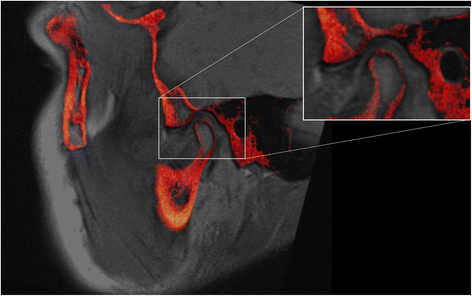MRI and CBCT image registration of temporomandibular joint: a systematic review
- PMID: 27164975
- PMCID: PMC4863319
- DOI: 10.1186/s40463-016-0144-4
MRI and CBCT image registration of temporomandibular joint: a systematic review
Abstract
Purpose: The purpose of the present review is to systematically and critically analyze the available literature regarding the importance, applicability, and practicality of (MRI), computerized tomography (CT) or cone-beam CT (CBCT) image registration for TMJ anatomy and assessment.
Data sources: A systematic search of 4 databases; MEDLINE, EMBASE, EBM reviews and Scopus, was conducted by 2 reviewers. An additional manual search of the bibliography was performed.
Inclusion criteria: All articles discussing the magnetic resonance imaging MRI and CT or CBCT image registration for temporomandibular joint (TMJ) visualization or assessment were included.
Results and included articles' characteristics: Only 3 articles satisfied the inclusion criteria. All included articles were published within the last 7 years. Two articles described MRI to CT multimodality image registration as a complementary tool to visualize TMJ. Both articles used images of one patient only to introduce the complementary concept of MRI-CT fused image. One article assessed the reliability of using MRI-CBCT registration to evaluate the TMJ disc position and osseous pathology for 10 temporomandibular disorder (TMD) patients.
Conclusion: There are very limited studies of MRI-CT/CBCT registration to reach a conclusion regarding its accuracy or clinical use in the temporomandibular joints.
Keywords: CBCT; CT; MRI; Multimodality; Registration; TMJ; TMJ disc.
Figures


References
-
- Lunsford LD, editor. Modern Stereotactic Neurosurgery. Boston, MA: Martinus Nijhoff; 1998.
-
- Taylor R, Mittelstadt B, Paul H, Hanson W, Kazanzides P, Zuhars J, et al. An image-directed robotic system for precise orthopaedic surgery. IEEE Trans Robot Automation. 1994;10(3):261–275. doi: 10.1109/70.294202. - DOI
-
- Adler JR, Jr, Murphy MJ, Chang SD, Hancock SL. Image-guided robotic radiosurgery. Neurosurgery. 1999;44(6):1299–306. - PubMed
Publication types
MeSH terms
LinkOut - more resources
Full Text Sources
Other Literature Sources
Medical

